Halo 2 was a phenomenon. The sequel to Master Chief’s original adventure was the most hyped game of all time upon its release, going on to break records and cement Bungie’s shooter series as a worldwide juggernaut. It changed everything, revolutionising the genre with the dawn of Xbox Live and many of the staples we’ve come to take for granted decades later.
I was eight years old when it first released, and wasn’t aware of the anticipation surrounding its release until years later. All I could glimpse was excitement from magazine previews and the familial awe that brewed between my siblings and I when a copy ended up in our house. It was bigger, better, more ambitious, and ready to take over the world. We didn’t get to play online multiplayer at the time, but we didn’t have to for Halo 2 to take over our lives.
Halo 2 Is A Rushed And Unpredictable Masterpiece
Microsoft knew it had a hit on its hands with Halo. Heck, if it didn’t have Combat Evolved for marketing the Xbox name, I doubt the console would have made it out of the starting gates. Amidst a sea of underwhelming first-party titles, it had struck gold, and was going to mine that vein for everything it could muster. Not that I can blame it. Halo was huge at the time, telling an operatic sci-fi story that would soon go down in history. There was no guessing where it was going to go, and in the medium of video games, it was fresh, exciting, and innovative.
Bungie never intended for Halo to receive a sequel, let alone spawn a trilogy. But it took advantage of the first game’s success to make use of everything left on the cutting room floor.
But the success of the original also saw Bungie thrown into a shorter production cycle that required the team to make tough decisions and crunch for months on end just to get it done in time. Considering the circumstances, it’s a miracle that Halo 2 turned out as well as it did.
Bungie knew it needed to top what many considered a masterpiece while expanding on the characters, story, mechanics, and to reinvent the console first-person shooter yet again. The end result makes Combat Evolved look miniscule in comparison.
Halo 2 was shown off to the press at E3 2003 and began with Sergeant Johnson telling the audience that the demo they were about to see contained “no smoke and mirrors bullsh*t” when, in actuality, it featured a gameplay section that wasn’t representative of the finished product at all. The demo didn’t even run on the same engine as the final game.
Halo 2 Action Cover
Yet it was spellbinding, presenting us with vast firefights and vehicular sections across the city of New Mombasa as Master Chief did battle with a more dangerous Covenant threat.
Now Bungie had to go away and make this game that it promised everyone in less than a year. The graphical engine was thrown away since there was no way it was going to work on the original Xbox, and Bungie started all over again.
The Infamous Halo 2 Cliffhanger Will Live On Forever
However, all of that hard work was worth the wait, even if Bungie didn’t realise it at the time. Halo 2’s campaign inevitably had to be shrunk down, resulting in the infamous cliffhanger in which Master Chief stays behind to “finish the fight” out of nowhere. It was frustrating, stylish, and set the foundations beautifully for what was to come, even if Bungie currently had pretty much no idea what that future would entail. But when Halo 2 was so damn good, that ceased to matter. It took so many risks and pushed the formula forward in so many ways that I find it hard to keep track of them all. So let’s start with the Arbiter.
Halo 2 made $125 million in its first 24 hours and would go on to sell 8 million copies worldwide.
Bungie pulled a Metal Gear Solid 2 with the inclusion of the Arbiter, a new playable elite that would take up roughly half of the single-player campaign. He is continually betrayed by many of the Covenant leaders he once worshipped, and over time turns on his people and joins up with Master Chief.
Fans weren’t especially thrilled with this switcheroo at first, but over time, Arbiter has become a beloved character in his own right, while the idea of turning the tables and asking us to consider the aliens from another perspective was masterful, doubly so for shooters which at the time were concerned with us shooting everything in sight instead of stopping to think about what we were doing.
Arbiter’s presence also allowed for a greater variety of weaponry, more alien locales to fight in, and a nail-biting trio of final missions in which a civil war breaks out amidst the Covenant just as The Flood begins to infiltrate its biggest players. Everything comes together despite how rushed parts of it feel, as if Bungie’s grand ambitions outgrew the project itself only to surface several years later in Halo 3.
Outside the narrative, the gunplay was more varied and unpredictable thanks to the addition of dual wielding, while the open environments of the first returned but with a more urban twist. Scale was everything, and man made it all feel massive.
20 years later and it remains a game I eagerly return to, albeit as part of the Master Chief Collection where I can access the remastered campaign and multiplayer. To many it sticks out as their favourite game in the series thanks to its specific gameplay feel and general tone, which feels edgier and more apocalyptic than the grand sci-fi ambitions of its siblings.
Microsoft has confirmed it will be releasing the mythical E3 2003 demo onto Steam as a mod to celebrate today’s anniversary, so if you fancy revisiting a slice of Halo 2 that wasn’t meant to be, now is your chance. If you need me, I’ll be taking down the scarab in New Mombasa.
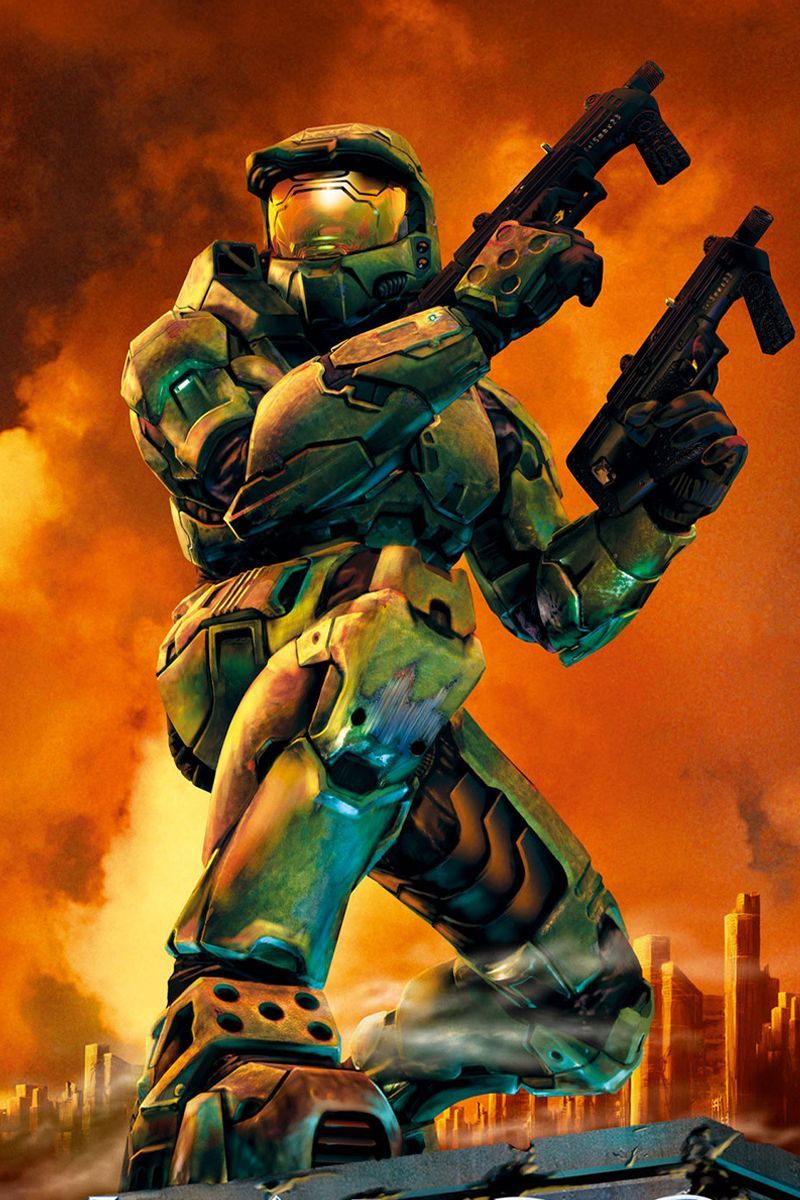
Halo 2 follows on from the classic Xbox first-person shooter, and sees Master Chief once again take on Covenant forces. It was remade as part of the Master Chief Collection in 2014.
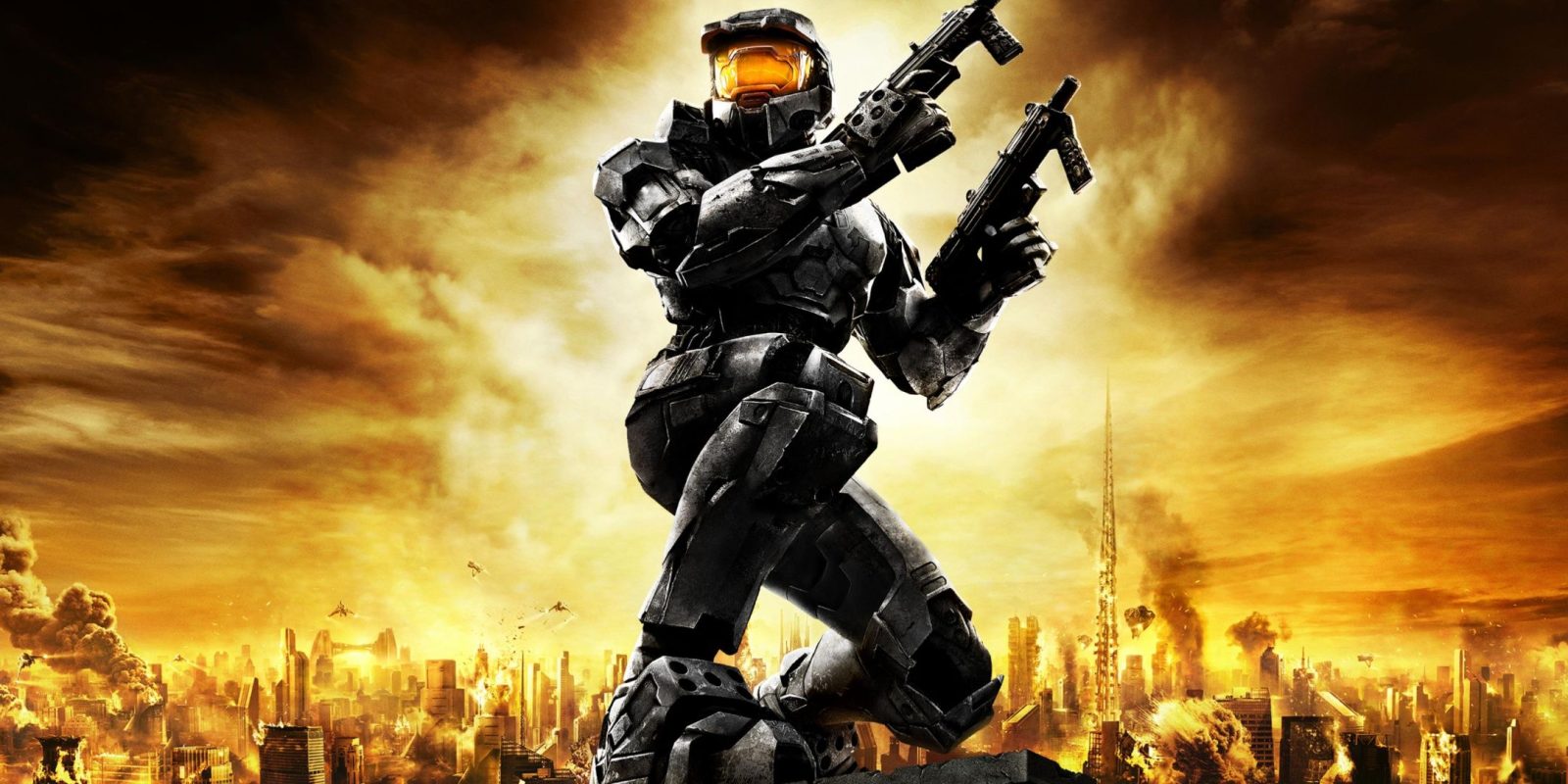
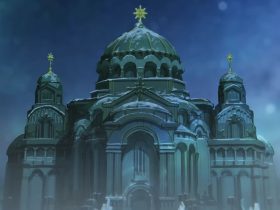
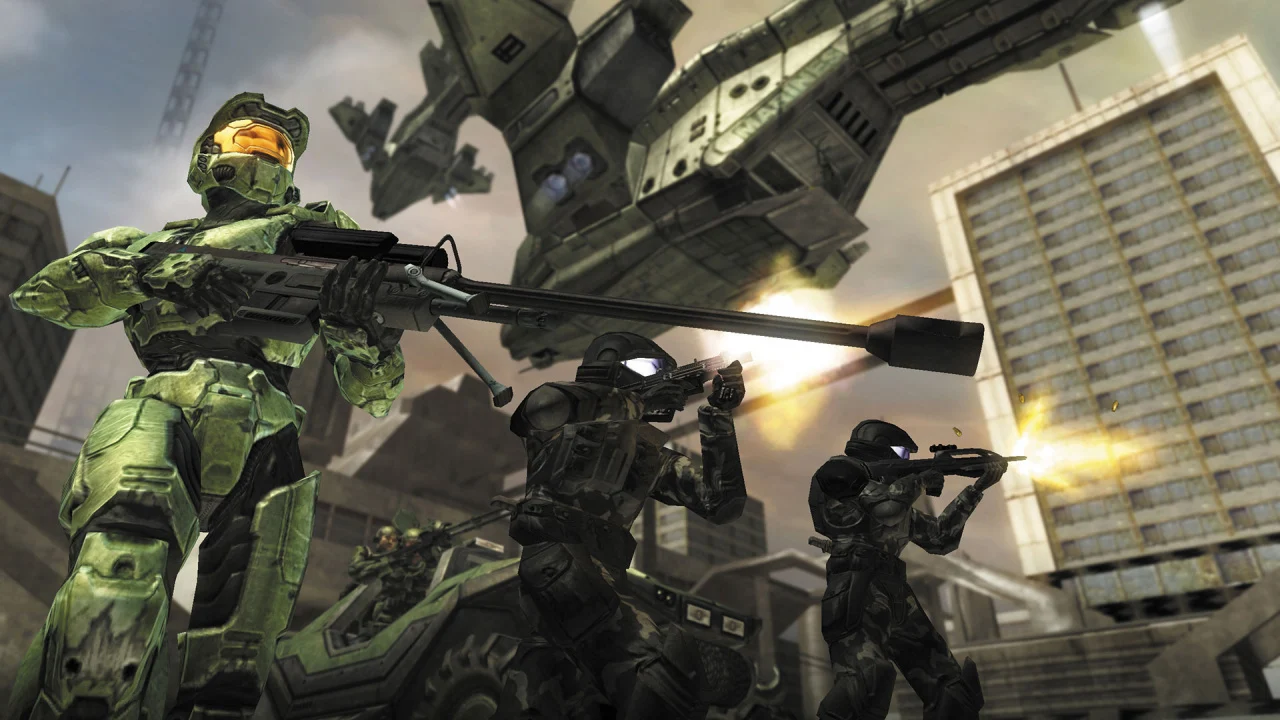
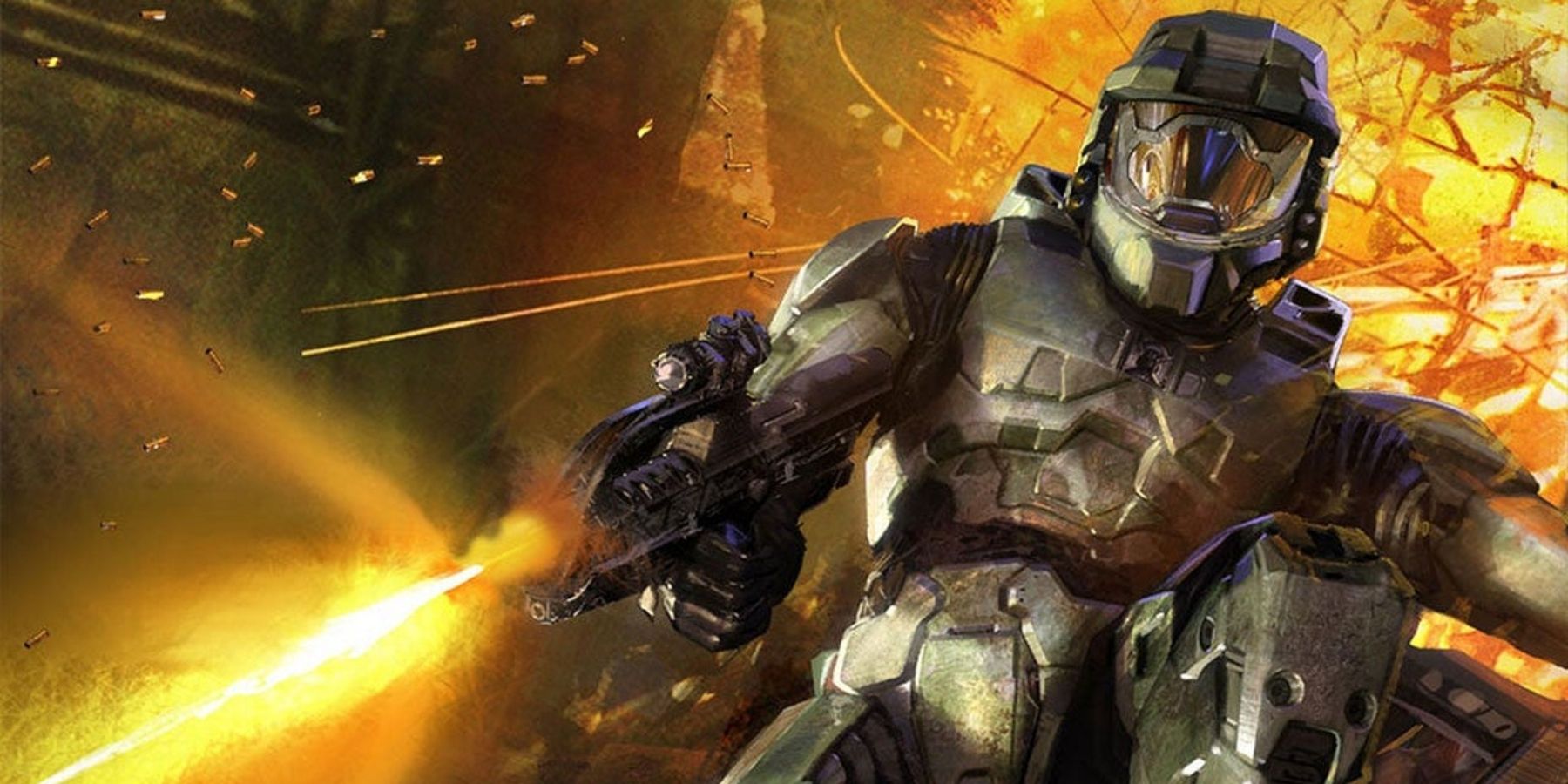
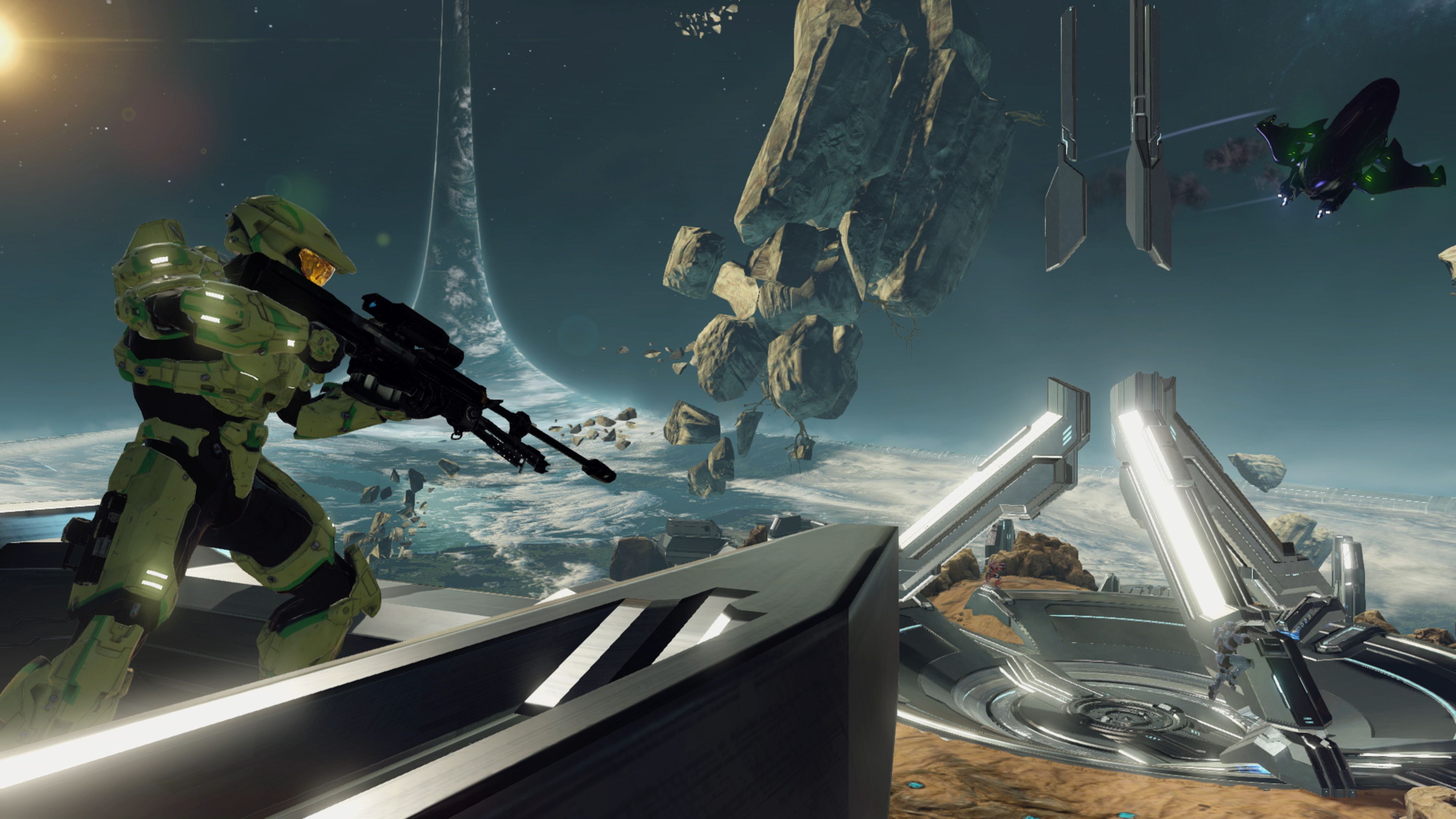
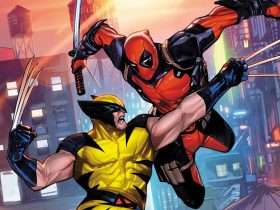
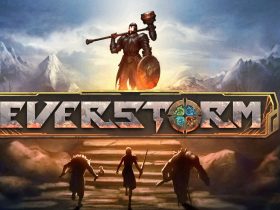
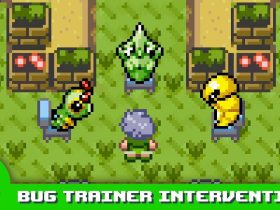
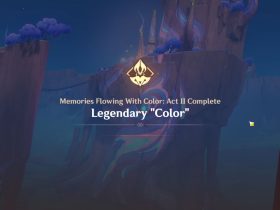

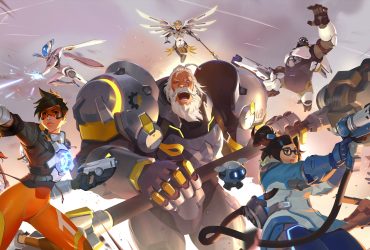




Leave a Reply